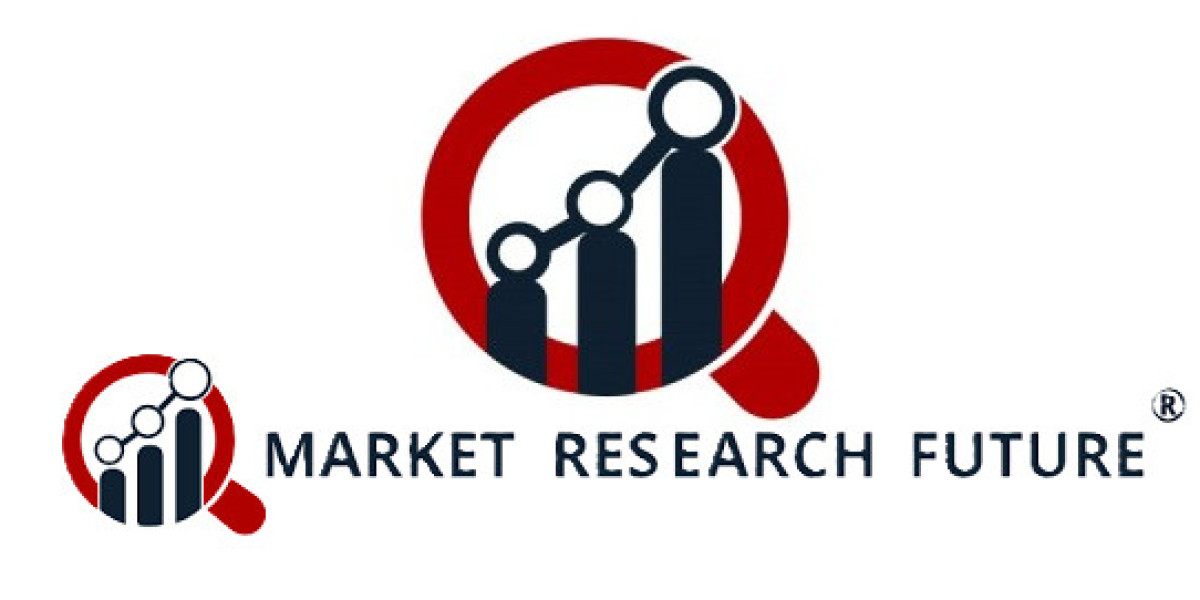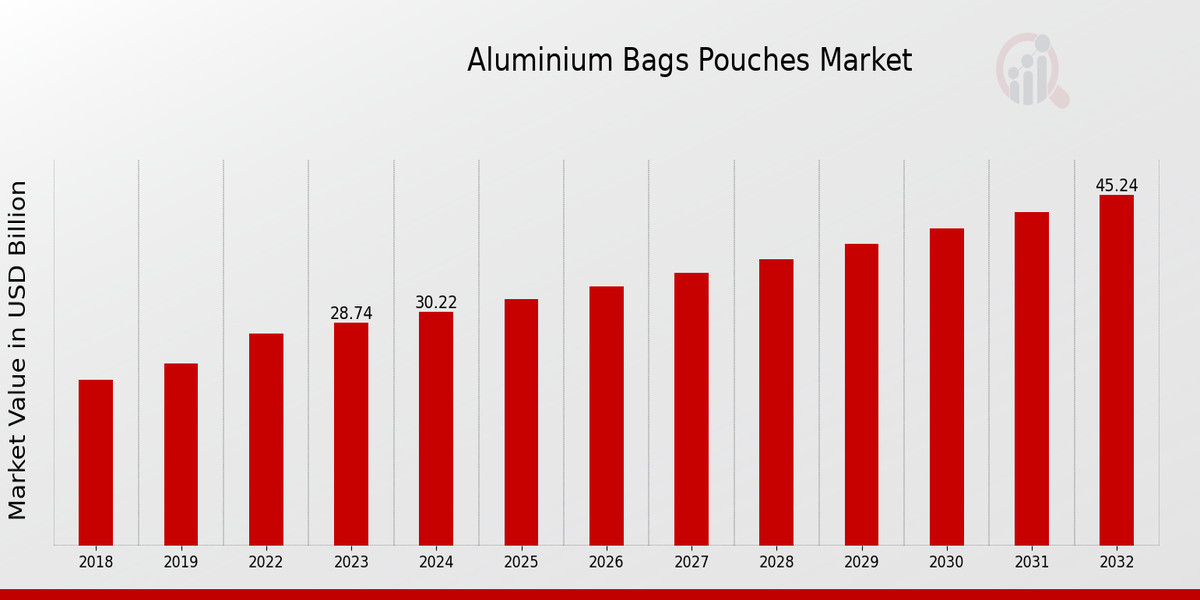The Economic Impact of Feed Testing: Cost of Prevention vs. Cost of Failure
Analyze the economics of feed testing, highlighting how the cost of proactive testing pales in comparison to the financial devastation of a contamination event.
In the commercial world of agriculture, every cost is scrutinized. Some may view feed testing as an unnecessary expense, but a closer examination of the economics reveals a starkly different story. The feed testing market is fundamentally rooted in risk management, where the modest cost of prevention is exponentially lower than the catastrophic cost of failure.
The "cost of prevention" includes the price of sampling, laboratory analysis kits or services, and the personnel time to manage the testing program. While this is a recurring operational expense, it is predictable, manageable, and can be scaled according to risk.
The "cost of failure," on the other hand, is multifaceted and can be devastating:
Massive Recall Costs: A single contamination event can trigger a nationwide or even global recall. The expenses involved include retrieving the product from the supply chain, destroying it, public relations campaigns, and potential legal fees. These costs can run into tens of millions of dollars, crippling smaller companies.
Livestock Productivity and Mortality: Contaminated feed can cause reduced growth rates, poor feed conversion, reproductive issues, and outright animal death. For a large-scale farm, even a slight dip in performance can erase profit margins, while a significant mortality event can be financially ruinous.
Regulatory Fines and Legal Liability: Regulatory bodies can impose heavy fines for non-compliance with feed safety standards. Furthermore, if contaminated animal products cause human illness or the death of pets, the resulting lawsuits and liability claims can be enormous.
Irreparable Brand Damage: Perhaps the most lasting cost is the loss of consumer trust. A brand associated with a safety scandal may never fully recover its market share. Retailers may drop the product, and consumers may switch to competing brands permanently.
When viewed through this economic lens, feed testing transforms from a cost center to a strategic investment. It is an insurance policy that protects a company's assets, its reputation, and its very existence. A robust testing program provides the data needed to make informed decisions, reject contaminated raw materials, and verify the safety of finished products, thereby avoiding the financial iceberg of a major contamination event. The economic rationale for testing is a core topic in business-focused analyses like the feed testing analysis.
FAQs:
Is feed testing worth the cost for small farmers?
Yes. While the per-test cost may be a higher percentage of their revenue, a single contamination event could bankrupt a small operation. Collaborative testing through cooperatives or using cost-effective rapid tests can make it accessible and equally critical.
What is the biggest financial risk of not testing feed?
The biggest risk is a full-scale product recall coupled with widespread livestock illness or death. The combination of direct costs, lost sales, and brand damage can be insurmountable for many businesses.














